One of the worst, most common weeds in the country, Johnsongrass is not only an irritating weed in the garden but also causes havoc in agriculture. It chokes crops and serves as a host to disease pathogens, insect pests, and nematodes. And although Johnsongrass can be used as forage for livestock, the plant becomes toxic when stressed. If you have this noxious weed on your property, you will want to learn how to get rid of Johnson grass for your sanity and to prevent it from spreading elsewhere.
Johnsongrass identification
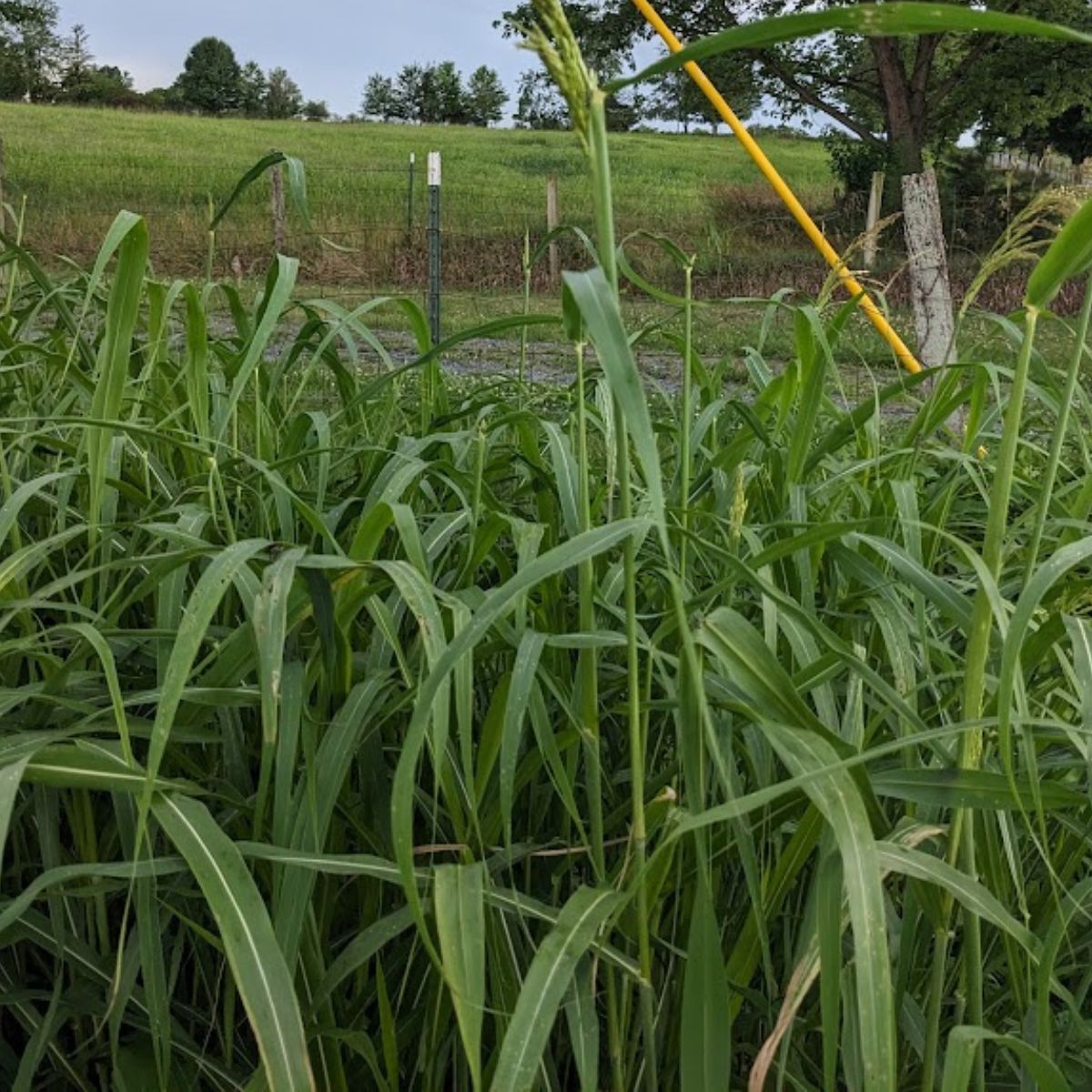
Before moving on to how to control Johnsongrass, let’s make sure we can properly identify this weed. The Johnsongrass scientific name is Sorghum halepense. The common name comes from Colonel William Johnson, who introduced Johnson grass to his Alabama farm as a forage crop in the 1800s.
This warm-season perennial grass resembles corn or sorghum as a seedling, though it has narrower leaves, stems, and no pubescence (hair). Johnsongrass also has a distinct white midvein at all stages of development.
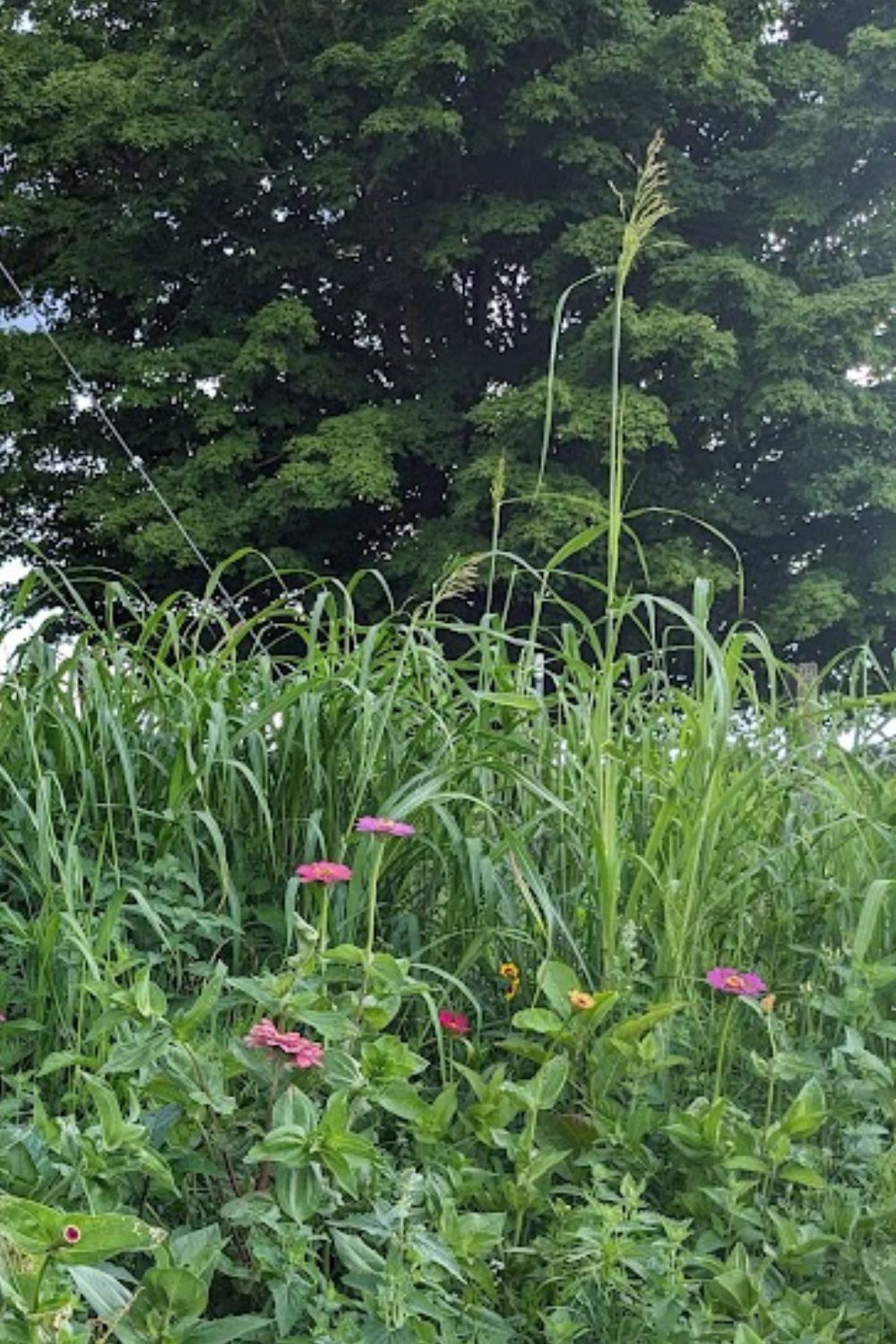
Mature Johnsongrass has an upright habit and can reach three to eight feet tall, with leaves averaging eight to 24 inches long and one and a half inches wide. The flowering head is a large, loosely branched, pyramidal panicle with seeds that mature from greenish purple to a dark reddish brown.
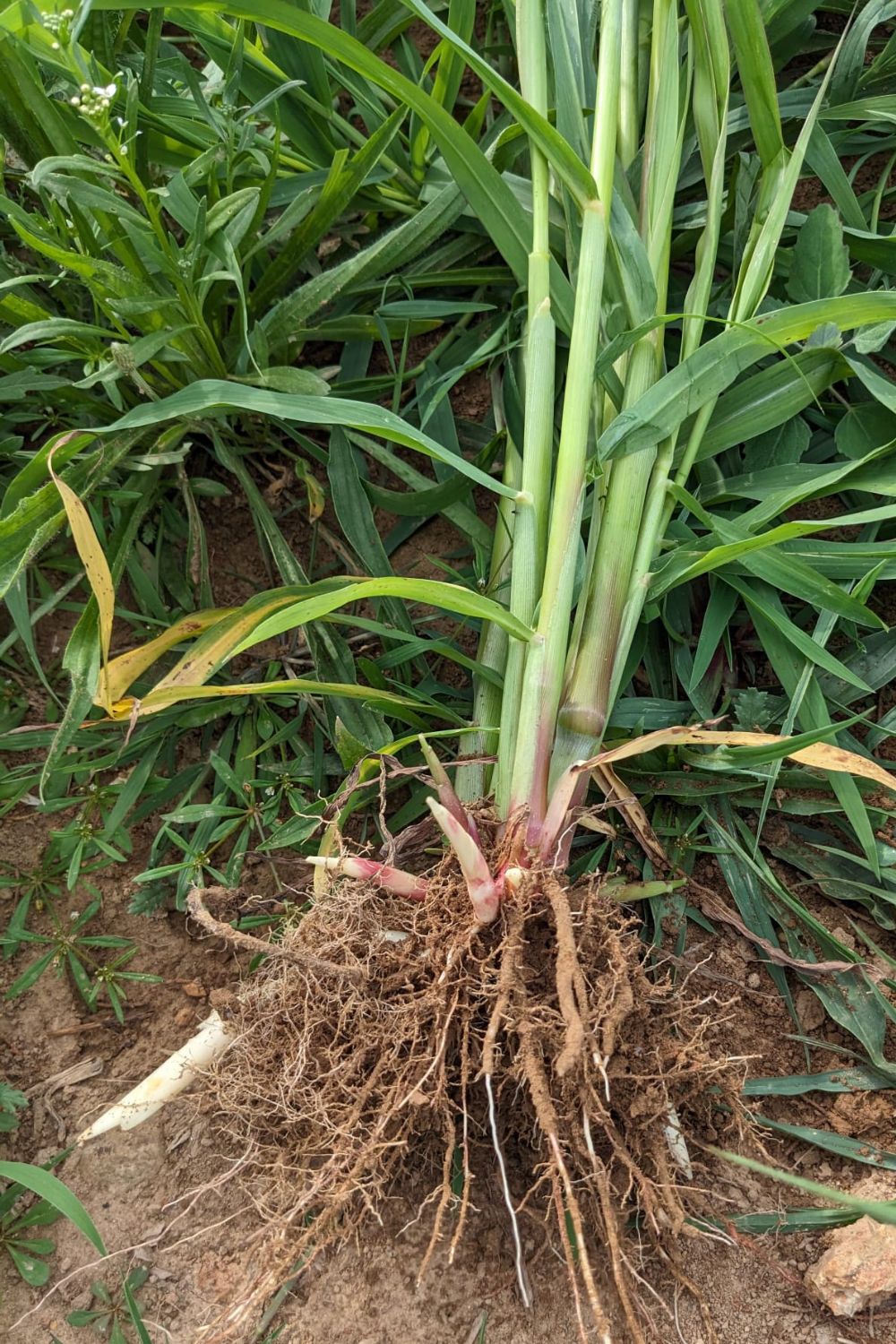
Johnsongrass has fibrous roots and thick, white to brown rhizomes, sometimes covered in purple spots. These rhizomes enable the grass to form spreading patches, though it also spreads via seeds. Although widely adapted, Johson grass prefers fertile lowland soils and does not tolerate significant flooding. It can be found in pastures, croplands, irrigation channels, roadsides, nursery walkways, and flowerbeds.
Johnsongrass pictures
Here are a few more Johnson grass pictures from around our property:
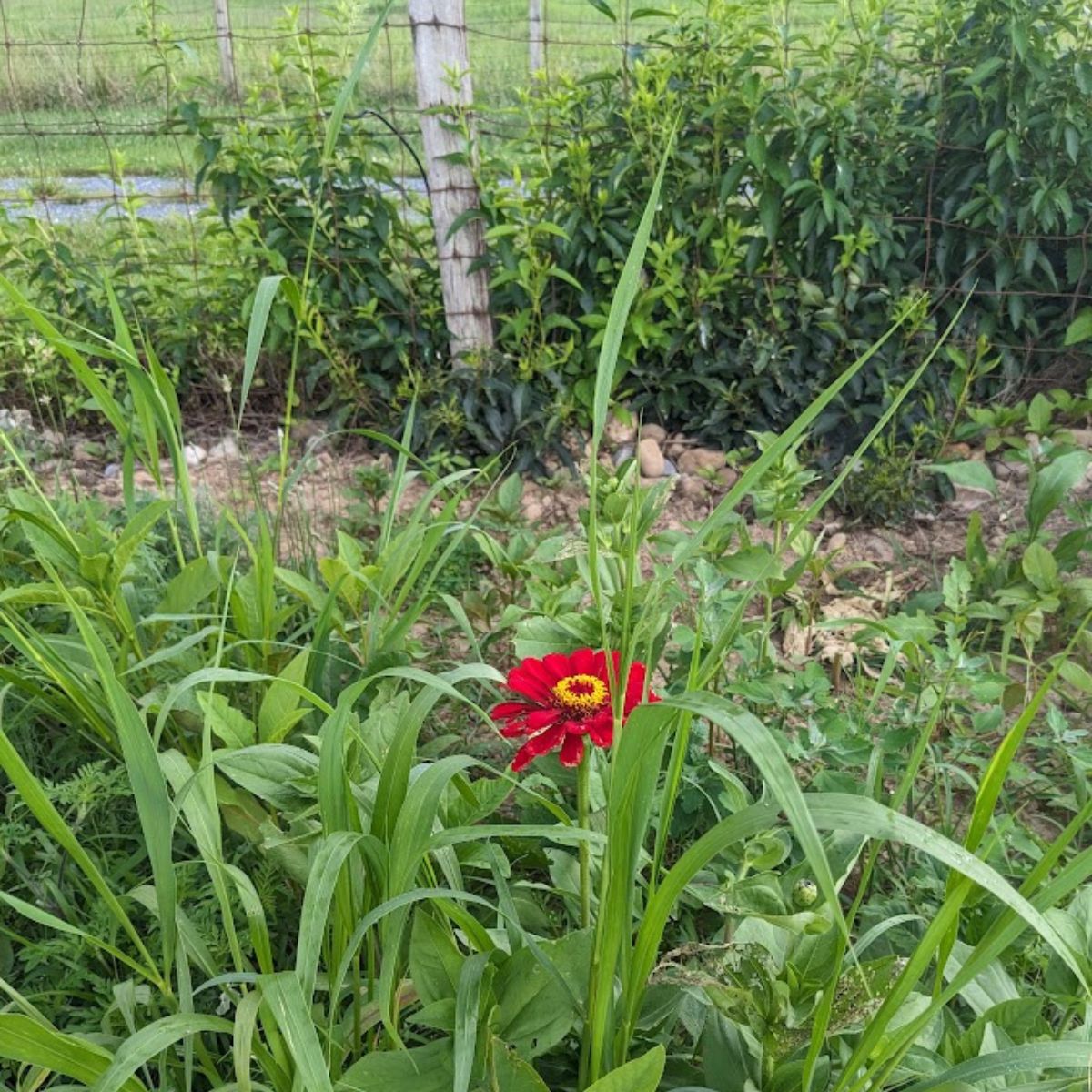
I planted a deer-resistant wildflower patch alongside our long driveway, and while the flowers are gorgeous, the entire flower lot is invaded by Jognshongrass and pokeweed.
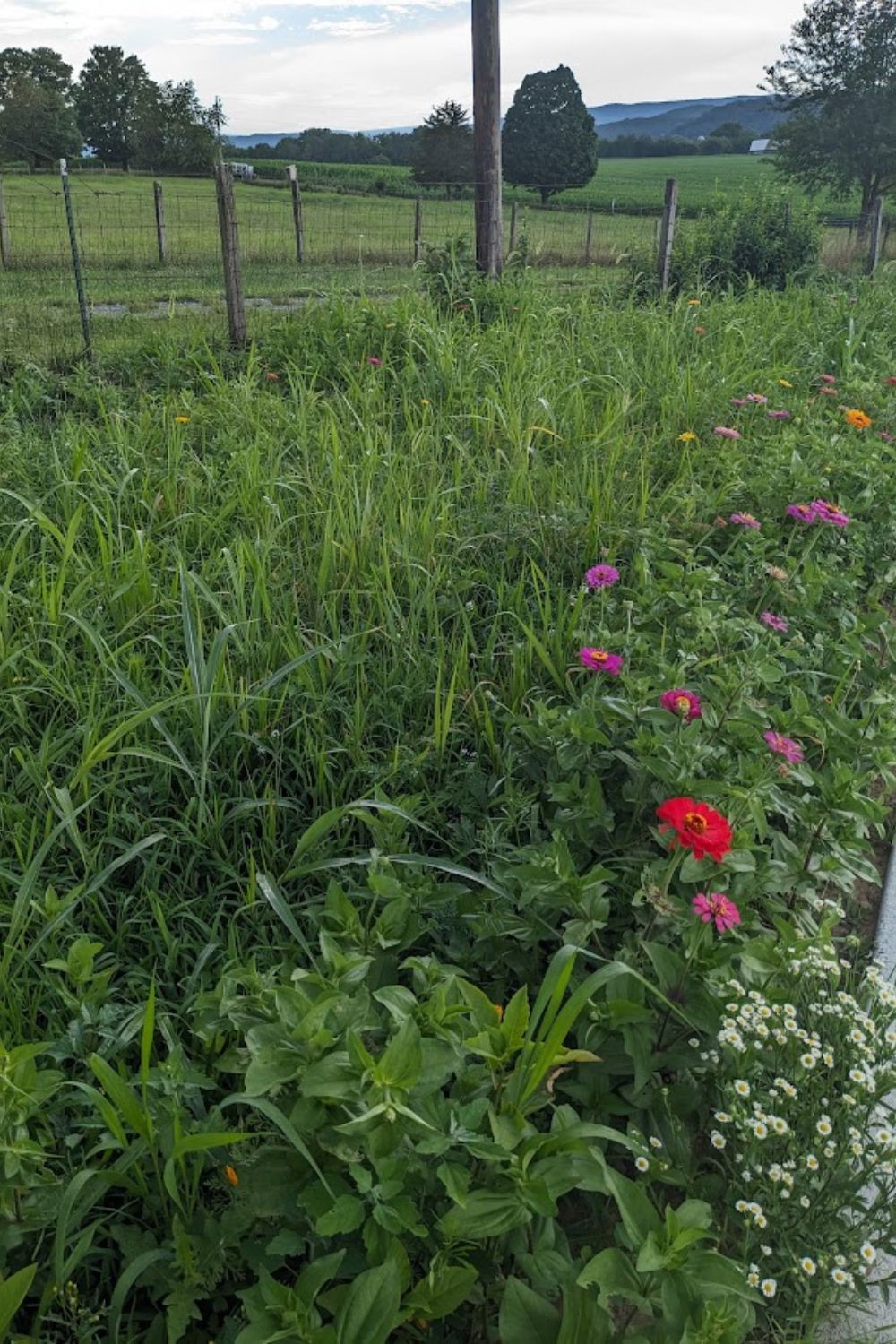
Here’s another angle of the driveway garden invaded by Johnson grass.
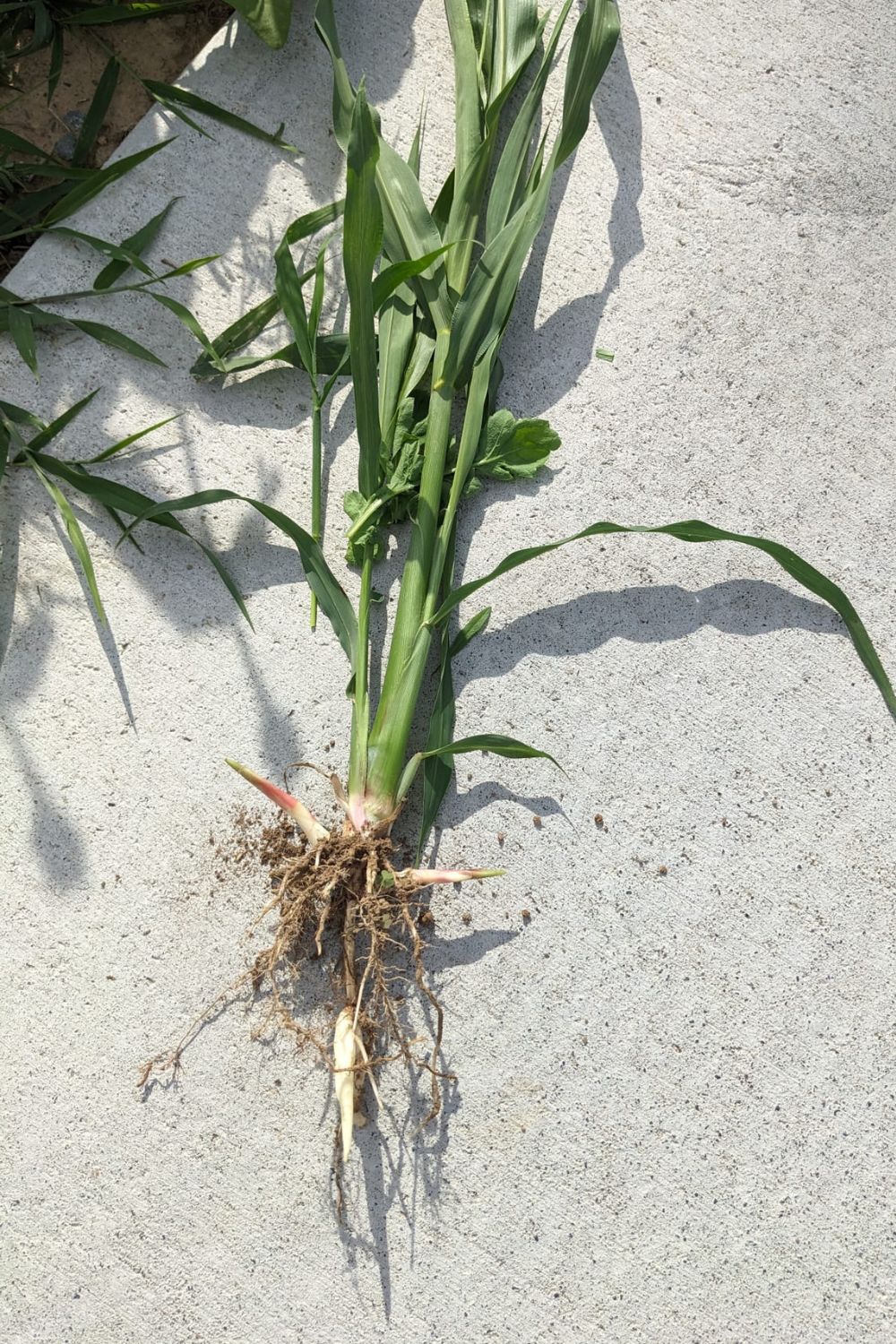
And here’s another look at the strong roots and rhizome system of this plant.
How to Get Rid of Johnson Grass
Now that you have properly identified your weed let’s discuss how to kill Johnsongrass. Because it reproduces through both seeds and rhizomes, the surest way to eradicate Johnson grass is to use more than one control method.
How to kill Johnsongrass naturally
Always use natural methods of Johnsongrass control, when possible, to avoid soil contamination, killing nontarget plants, and harming native wildlife with toxic herbicides.
- Hand pull — In the garden, you’re likely dealing with a relatively small infestation of Johnsongrass, which means you can hand pull the weeds. The best time to do this is early spring when the plants are young and haven’t yet gone to seed. But regardless of when you choose to pull Johnsongrass, make sure the soil is moist so the roots come out easily, and use a trowel to loosen the soil if necessary. Remove as much of the rhizomes as possible, and place all plant matter in a bag for disposal.
- Mow regularly — Mowing regularly can, over time, deplete the energy reserves in the rhizomes and limit the spread of Johnsongrass. This is most effective within the first four weeks after emergence, when all of that stored energy is being put into stem and leaf growth. Regular, frequent mowing also helps prevent flowering and, therefore, seed dispersal.
- Spray with vinegar — That common pantry item often used for cleaning windows and mirrors can also work as a nontoxic herbicide. While standard white vinegar will work, cleaning vinegar is even more effective, as it has a higher level of acidity. All you have to do is fill a spray bottle with vinegar and thoroughly douse the Johnsongrass. Repeat the application every two days until the grass dies. For best results, spray Johnsongrass with vinegar in the early spring, when the plants are young and vulnerable, or in late summer, when they build winter energy reserves. Avoid spraying any nontarget plants, as vinegar will damage or kill all types of plants.
Learn more about invasive species in your area to spot them, and take quick action before they spread.
Best herbicide for Johnsongrass
If necessary, you can also use a weed killer for Johnsongrass. Choose a general or grass-specific herbicide and carefully spray it only on the Johnsongrass to reduce soil contamination and harming any nontarget plants. As with vinegar, the herbicide is best applied in early spring or late summer. Two applications may be necessary to eradicate Johnsongrass fully.
How to get rid of Johnsongrass in lawn
Johnsongrass rarely, if ever, poses a problem in lawns, as it has difficulty surviving frequent, close mowing. In fact, regular mowing might be the most effective control method for large infestations of Johnsongrass. If you think Johnsongrass is a problem in your lawn, double-check that you have properly identified it (see the first section of this article). And if you do have Johnsongrass in your lawn, any of the methods above will work to get rid of it.
Johnsongrass may be a persistent noxious weed in the garden, hay fields, and croplands, but there are several relatively simple, effective methods for controlling it. And using more than one option, such as hand pulling and spraying vinegar, will work exceptionally well in removing this weed from your garden for good. Good luck, and happy gardening!
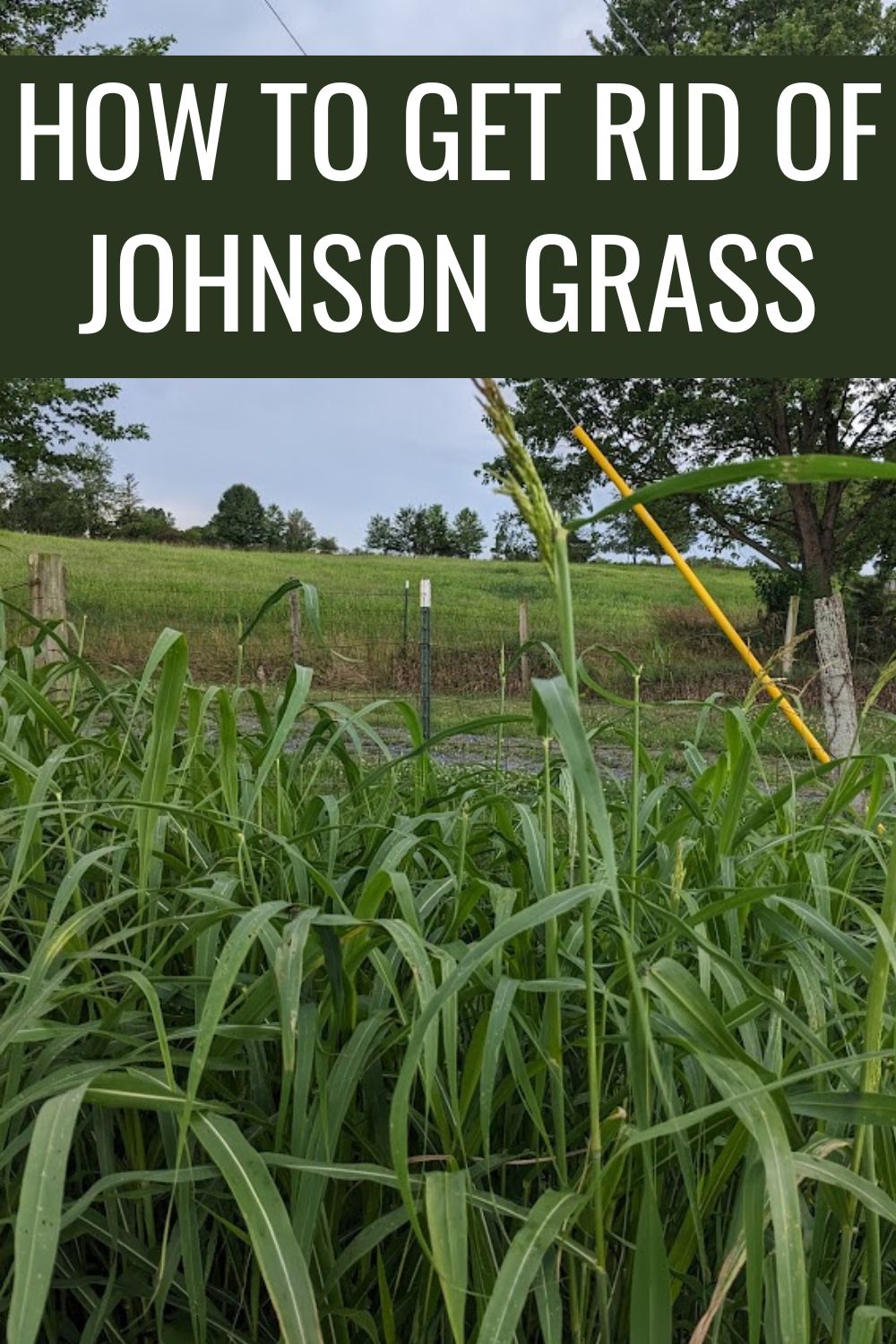

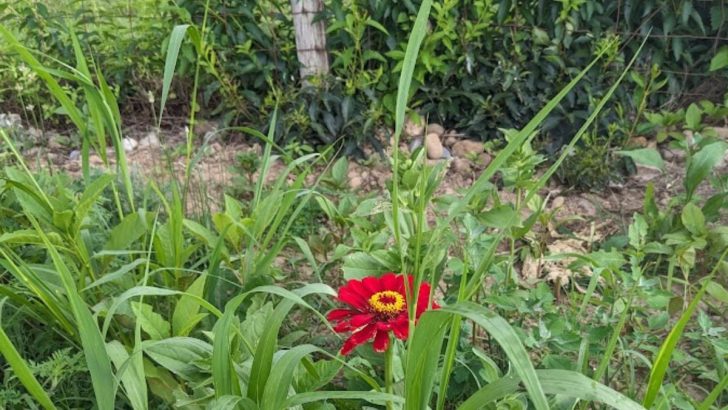



How To Get Rid Of Pokeweed Simply And Effectively
Wednesday 26th of July 2023
[…] how to get rid of Johnson grass […]
12 Top Invasive Plants In Missouri (And 24 Native Alternatives)
Friday 14th of July 2023
[…] Learn how to get rid of Johnson grass. […]
How To Get Rid Of Buttercups In Lawn: 8 Helpful Tips
Friday 14th of July 2023
[…] How to get rid of Johnson grass […]